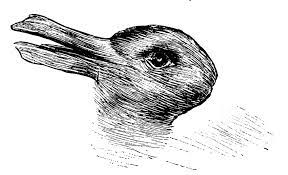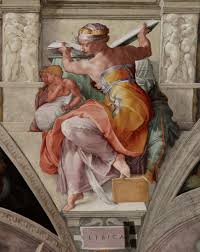

Illusion Art are artworks that create an optical illusion, the viewer seeing the image as real or 3D. These works are often created using various techniques, such as perspective, shading, and color, to create a sense of depth. It is found in various mediums from painting to sculpture, and even street art.
Op Art has a long and fascinating history spanning many centuries and artistic styles. The earliest are from ancient Greece and Rome. Painters and sculptors used techniques like foreshortening and perspective to create the illusion of depth and 3D. During the Renaissance period, Illusionism art was prominent in ceiling paintings. this style of painting rapidly developed, and artists created new techniques alongside new media like oil paints to enhance all illusionistic effects, whether on a ceiling or on a wall.
Techniques that emerged during the Renaissance period were trompe l’oeil, which is a French term meaning to “deceive the eye”. This concept is a key part of Illusion paintings in that it is used to portray three-dimensionality on flat surfaces. Renaissance artists such as Leonardo da Vinci (1452 – 1519) and Michelangelo (1475 – 1564) are among the most famous. Vinci (1452 – 1519) and Michelangelo (1475 – 1564) are among the most famous.

In the modern period of visual arts, Surrealism, which was prevalent during the early 1900s. One of its famous painters, Salvador Dalí, created many illusion paintings that touched on deeper aspects of human consciousness. As hyper realistic as his paintings appeared, the subject matter itself was not realistic, which was the case for many of the true-to-life paintings from the Renaissance.

M.C. Escher earned that distinction in the 20th century. The Op Art movement of the 1950s- 1960s is another example of 3D Illusion art at its finest. The intention was to create optical illusions from geometric shapes that were “non-representational”, with colors (often black and white), forms, and patterns arranged in such a way that trick the brain and eyes, making it appear like it is moving or more dynamic than it really it is.

Bring the Kids and Grandkids to our new KidSpace Illusion Gallery and see if what you perceive is real or not! Don’t Miss It!
